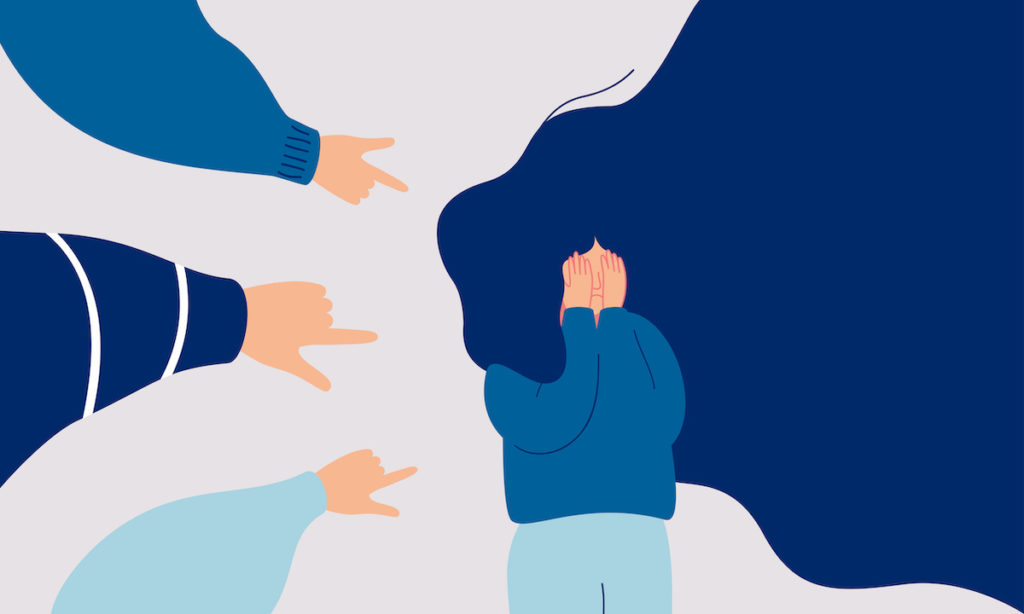Cyberbullying a Growing Concern
Canada’s Anti-Bullying Day (est. 2007) was the precursor to the US’s Unity Day, the signature event launched in 2011 by PACER’s National Bullying Prevention Center (est. 2006). Unity Day is the day to be clad in orange, in support for social change that leads to childhood bullying prevention and as a show of “unity for kindness, acceptance, and inclusion,” sending a powerful message: NO child should ever experience bullying.
As the momentum grew, Unity Day became a fixture (20th October 2021) and the entire month of October was declared National Bullying Prevention Month, making it perfectly conducive to the promotion of kindness, acceptance, and inclusion in schools, communities, and online.
Bullying Defined
The first stunner is that there is no standardized legal definition of bullying, with varying degrees of commitment depending on which state your children attend school. Get your state’s legal definition at StopBullying.gov.
This, in turn, makes definitions waver greatly. On a simpler and more direct avenue, students often define bullying as “when someone makes you feel less about who you are as a person.”
More legal-oriented characterizations point out that bullying is an intentional behavior that “hurts, harms, or humiliates a student, either physically or emotionally, and can happen while at school, in the community, or online.” Although, it may be a one-time incident, this pattern of behavior is normally repeated.
Mending the Confusion in Terms
- Conflict vs Bullying: Conflict is disagreement, with both sides expressing opposing or different views. Bullying, however, is all about power… as in someone exerting it through negative behavior to belittle or abuse someone else.
- Harassment vs Bullying: Long thought of as interchangeable, the distinction lies in whom the target of the bullying behavior is. If it’s a protected class (race, color, religion, sex, age, disability and national origin), such behavior is defined as harassment.
- Direct vs Indirect Bullying: Whereas direct bullying is apparent and easy to define or identify to any bystander, indirect bullying is subtle, covert, not always easy to acknowledge. This conniving behavior could be anonymous or extremely discreet, making it that much harder to spot and denounce.
- Common Misconceptions: When bullying is so intrinsic to the social fabric, that reactions such as “boys will be boys” or “it’s only teasing” become commonplace and minimize this harming behavior.
Illuminating Statistics
Bullying
- 1 in 5 school-age kids report being bullied, but the numbers soar to 1 in 4 at least once in their life.
- 282,000 students are physically attacked in secondary schools every month.
- 4 million students in the US stay at home on any given afraid of being bullied.
- 1 in 5 children admits to being a bully or doing some bullying.
- 9 in 10 LGBTQ+ students experience harassment in school and online.
- 43% fear harassment in the bathroom at school.
- Youth violence is prevalent in school grounds versus on the way to school
- Arguing with a bully leads to a physical fight in 80% of cases.
- At the playground, a child is bullied every 7 minutes, with adult intervention set at 4%, peer intervention at 11% and NO intervention at a whooping 85%
- 1 in 3 students have heard some student threaten to kill another.
- 1 in 3 state they know how to make a bomb or know where to get the necessary info
Cyberbullying
- Up to 43% of students have been bullied online, with 1 in 4 more than once.
- Up to 35% of kids have been threatened online, with 1 in 5 more than once.
- 21% of kids received mean or threatening e-mails or other messages.
- 58% of kids admit to receiving mean or hurtful online messages, with over 4 in 10 more than once. The same percentage of kids confess that they have not told their parents or an adult about this.
- 53% of kids admit to having said something mean or hurtful to another person online, with over 1 in 3 repeating the pattern.
Bullying is NOT a normal rite of passage when growing up. These types of behavior often set the tone for a lifetime of intentional cruelty… or worse. Join the fight
Sources:
https://www.stompoutbullying.org/issue-bullying
https://www.pacer.org/bullying/


